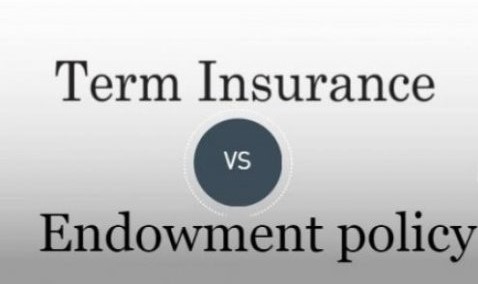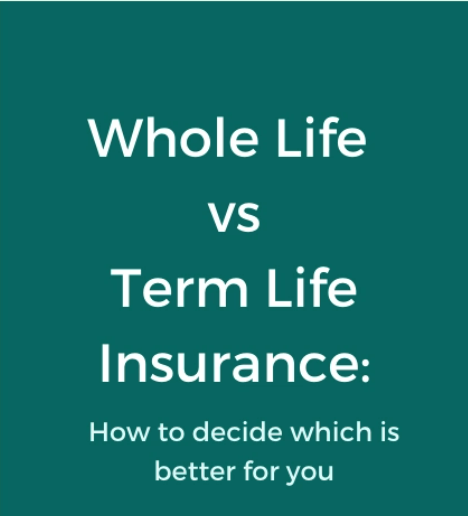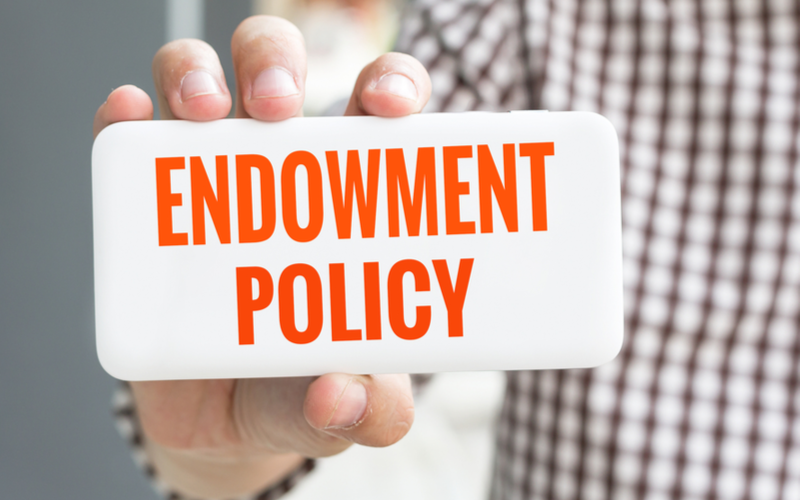What Are The Possible Consequences Of Lying In An Application Form?
Before acquiring an insurance policy, a person must submit an application to the insurance provider. The applicant is needed to provide information regarding, among other things, his or her finances, health, and job. These details are used by the insurer to determine the level of risk that each individual presents. It could seem alluring to omit crucial information or outright falsehood on the proforma in an effort to paint the candidate in a more favourable light. But it’s important to tell the truth.
Candidates who misled on their applications risk severe repercussions if it is found that they did so. Before we look at the results of the application, let’s take a quick look at the purpose and significance of the proposal form.
Possible Consequences of Lying To Your Insurance Provider
Here are some potential outcomes in the event that the life assured is found to be dishonest on the insurance form.
· Adapt the Premium Amount
When a person hides medical information from a company in order to pay less in premiums, then the company learns about it, the premium may be altered to account for the addition of the previously hidden medical information.
· Denial of Claim
The worst outcome of filling out a form with false information is a complete refusal of claim payment. The nominee may not get the death benefits if the insurer finds out that the policyholder deceived them after the person assured has passed away. Only when it is obvious that the insured deceived about a serious health issue does this typically happen. It’s imperative to be absolutely truthful when completing the proposal form in order to prevent a scenario like this.
· Refusing the Applicant to Submit a Plan Reapplication
If more discrepancies are found and if the mistakes are more serious, the insurer may open an investigation. In the event that a hidden medical issue comes to light during the investigation, the employer has the right to end the case and temporarily bar the applicant from reapplying.
How Will Insurers Know You Have Lied?
After a policy is issued, a severe application lie might also be exposed. A life insurance may contest any data you provided that they now think to be inaccurate within the initial two years of coverage.
A later claim made by the beneficiaries of the policyholder may be complicated by a misrepresentation on an application. The insurance provider may reject the claim or lower the payout amount, especially if the incorrect information contributed to the policyholder’s death, if, for example, the insured had diabetes but neglected to report it on their application. Additionally, the insurer might sue the policyholder’s estate for fraud.
Final Notes
The purpose of an insurance policy is to give the life assured’s dear ones financial security in the event of their passing; by withholding or lying about crucial information, the life assured runs the risk of endangering their family’s future. Besides the loss of the life covered, the rejection of death benefits causes additional financial and emotional hardship for the family. The facts raised above show that faking on the offer document will always have negative effects, so the best course of action is to be truthful when completing the application.
What Are The Possible Consequences Of Lying In An Application Form? Read More »










